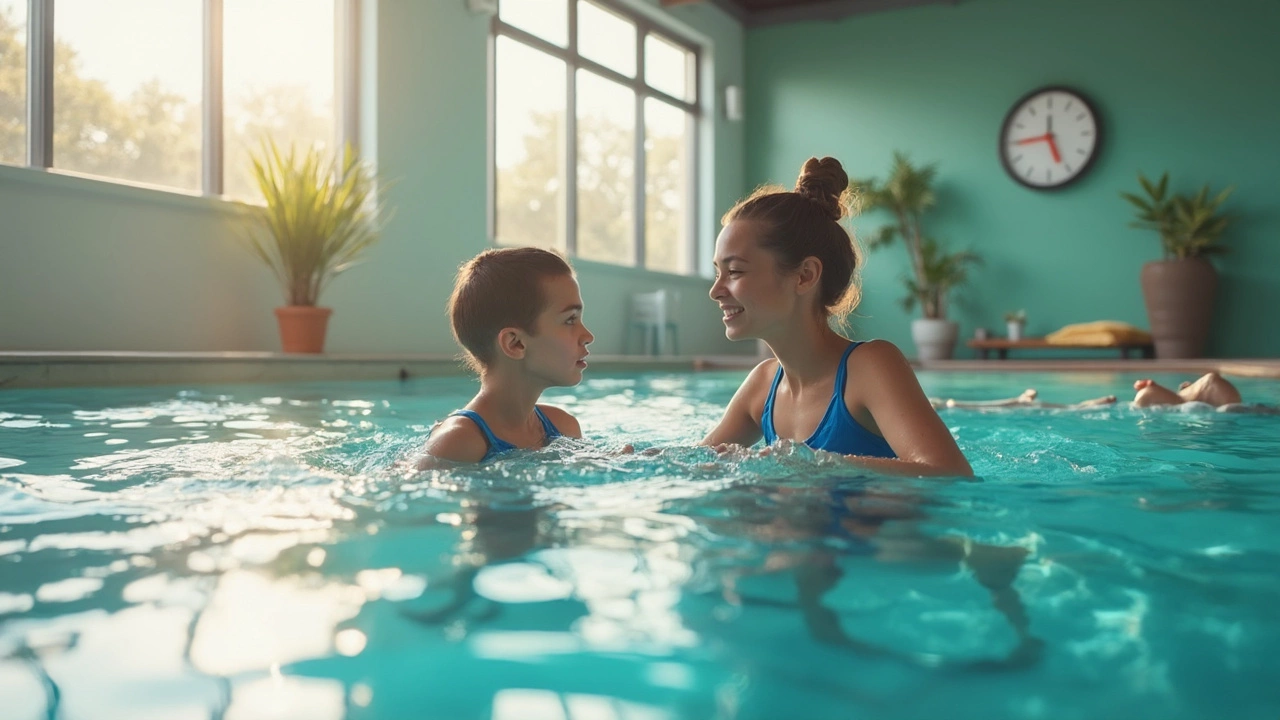
Swim Lessons – How to Pick the Right Class and Get Better Fast
Thinking about getting into the pool? Whether you’re a parent, a teen, or an adult who never learned, the right swim lesson can make all the difference. In this guide we’ll break down when to start, what to look for in a class, and how to stay safe while you improve.
When Should You Start Swimming Lessons?
Kids can begin as early as six months with parent‑led water play, but most structured classes start around age three. At three, children can follow simple instructions and stay afloat long enough for a teacher to work on basic kicks and breathing.
For toddlers (12‑24 months), look for “baby swim” programs that focus on water comfort and parent involvement. These sessions are short—usually 20‑30 minutes—so the child isn’t overwhelmed.
Teens and adults can start anytime, but the learning curve slows a bit if you’re over 30 and haven’t been in the water regularly. Still, most adults pick up the basics within a few weeks if they train consistently.
Picking the Right Class and Staying Safe
First, check the instructor’s credentials. Certified swim teachers (e.g., ASA, Swim Ireland) have proven they know how to teach technique and how to handle emergencies. Ask about class size; smaller groups mean more one‑on‑one time.
Next, match the class level to the swimmer’s ability. Beginner groups focus on water confidence, front‑crawl arm pull, and blowing bubbles. Intermediate classes add drills for body position and rhythmic breathing. Advanced squads work on speed, turns, and endurance.
Safety starts with the pool environment. The water should be clear, the temperature comfortable (around 28‑30°C for lessons), and the facility must have a lifeguard on duty. Make sure the pool has non‑slip flooring and that the instructor enforces a no‑running rule on the deck.
Don’t forget personal gear. A well‑fitted swimsuit, goggles that don’t fog, and a swim cap if the pool requires it will keep you focused on technique instead of distractions.
Practice outside of class makes progress faster. Try a 15‑minute drill after each lesson—something simple like “kick on your back” or “catch‑up stroke.” Consistency beats intensity; five minutes daily is better than a big session once a month.
If you’re a parent, stay involved. Watch the first few lessons, ask the teacher what you can reinforce at home, and celebrate each milestone—whether it’s floating unaided or swimming a full lap.
When you feel ready, set a realistic goal. For kids, it might be earning their “stroke” badge. For adults, it could be completing a 200‑meter swim without stopping. Goals keep motivation high and give the teacher a clear target to work toward.
Lastly, remember that learning to swim is a skill, not a race. If a child feels scared, give them time to adapt. If an adult stalls, revisit basics before pushing forward. A supportive environment leads to confidence, and confidence is the best safety net in the water.
Ready to jump in? Find a local pool with certified instructors, choose the right age group, gear up, and start logging those practice minutes. Before you know it, you’ll be gliding through the water with ease and enjoying every splash along the way.
